2018-02-13 17:46
Port of New york and New jersey Sets New Cargo volume record for 2017
Completion of Bayonne Bridge project helps drive cargo volumes 5.3 percent above previous record high in 2015; Ushers in new era of larger, environmentally friendly ships; Record cargo helps boost port jobs and economic activity.
Completion of the Bayonne Bridge Navigational Clearance Project last June helped drive cargo volumes in the Port of New York and New Jersey to new record heights in 2017 by shattering the existing annual cargo volume record, set in 2015, by 5.3 percent.
During 2017, the port handled 6,710,817 TEUs (a 20-foot-long cargo container that can easily be transferred between different modes of transportation, such as ships, trucks and trains), a 5.3 percent increase over the 6,371,720 TEUs handled in 2015 when the previous annual record was established. The record volumes allowed the port to maintain its position as the third largest port in the United States with 15.4 percent market share and the busiest on the East Coast with a 32 percent market share.
Even with the increase in cargo volume since 2015, the particulate matter and nitrogen oxide emissions created by port activities have gone down by more than 14 percent - equivalent to removing at least 104,000 passenger cars off the street per year - due to the port’s Clean Air Strategy environmental programs. To view all of the 2017 port cargo data, click here. The record cargo volumes will help build on the significant jobs and economic activity already supported by port activities.
According to a recent study using 2016 data prepared by the New York Shipping Association, the port supports 400,000 jobs, a 35 percent increase over the 296,000 jobs reported four years ago. The port also is responsible for $25.7 billion in personal income and $64.8 billion in business income. In addition to regional economic growth, perhaps the biggest driving force in achieving the new cargo volume record was the June 2017 completion of the Bayonne Bridge Navigational Clearance Project.
The project raised the clearance under the crossing from 151 feet to 215 feet, allowing ships as large as 18,000 TEUs to travel under it to port facilities in Newark, Elizabeth and Staten Island. Following the raising of the bridge, one of the port’s major shipping lines - CMA CGM began a new service to the port using primarily 14,000 TEU vessels.
Completion of the Bayonne Bridge Navigational Clearance Project last June helped drive cargo volumes in the Port of New York and New Jersey to new record heights in 2017 by shattering the existing annual cargo volume record, set in 2015, by 5.3 percent.
During 2017, the port handled 6,710,817 TEUs (a 20-foot-long cargo container that can easily be transferred between different modes of transportation, such as ships, trucks and trains), a 5.3 percent increase over the 6,371,720 TEUs handled in 2015 when the previous annual record was established. The record volumes allowed the port to maintain its position as the third largest port in the United States with 15.4 percent market share and the busiest on the East Coast with a 32 percent market share.
Even with the increase in cargo volume since 2015, the particulate matter and nitrogen oxide emissions created by port activities have gone down by more than 14 percent - equivalent to removing at least 104,000 passenger cars off the street per year - due to the port’s Clean Air Strategy environmental programs. To view all of the 2017 port cargo data, click here. The record cargo volumes will help build on the significant jobs and economic activity already supported by port activities.
According to a recent study using 2016 data prepared by the New York Shipping Association, the port supports 400,000 jobs, a 35 percent increase over the 296,000 jobs reported four years ago. The port also is responsible for $25.7 billion in personal income and $64.8 billion in business income. In addition to regional economic growth, perhaps the biggest driving force in achieving the new cargo volume record was the June 2017 completion of the Bayonne Bridge Navigational Clearance Project.
The project raised the clearance under the crossing from 151 feet to 215 feet, allowing ships as large as 18,000 TEUs to travel under it to port facilities in Newark, Elizabeth and Staten Island. Following the raising of the bridge, one of the port’s major shipping lines - CMA CGM began a new service to the port using primarily 14,000 TEU vessels.
< Korea Shipping Gazette >
많이 본 기사
- 美동안운임 석달만에 6000달러 재돌파…유럽도 상승 전환유코카캐리어스, 8년만에 현대차 수출물량 50% 수송해운조합, 두원상선 <이스턴드림>호 안전관리 우수선박 선정정일스톨트헤븐울산, UPA 선정 울산항 ‘최우수 탱크터미널’“자율운항선박 실증시험 안전 강화해야”우수 물류신기술 지정제도 신청절차 KIMST서 전담2025년도 여수·광양항 항만건설 예산 2009억원 확정지난해 인천항 ‘컨’ 처리량 350만TEU 돌파…역대최대선진그룹, 사랑의 열매 기부로 나눔 실천CJ대한통운, 주 7일 배송 개시…이커머스 산업 경쟁력 강화 기대
- 부산신항만, ‘온기 맞이 프로젝트’ 에너지 취약계층에 기부금 전달인사/ 팬스타그룹인천공항공사, 4개 공공기관과 교육자원 협력 강화해수부, 개방형 직위 ‘선원정책과장’ 공모인사/ 한국해양과학기술원인사/ 오리엔트스타로직스인사/ 한국선급, 본부장 7명 부사장 승진인사/ ECU월드와이드코리아IPA, 지역 보호·양육시설 아동 대상 멘토링 프로그램 제공인천공항공사, 제주항공 사고 관련 성금·물품 지원
스케줄 많이 검색한 항구





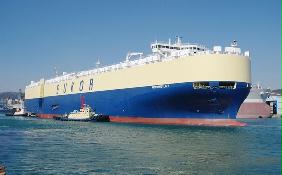
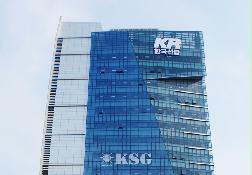

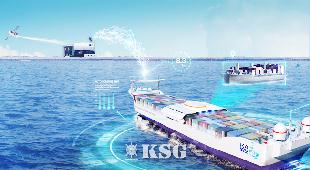
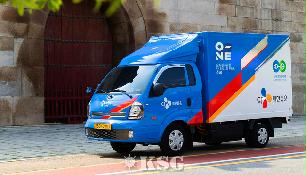

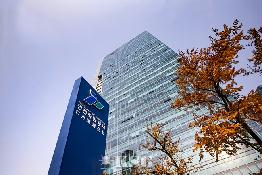
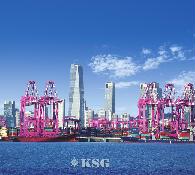
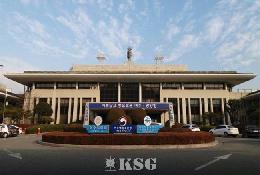


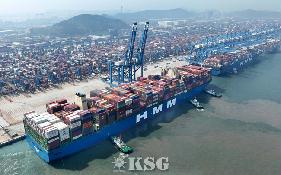

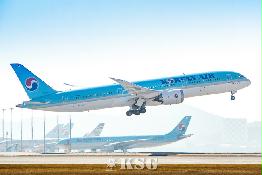


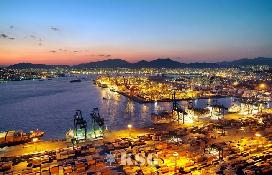


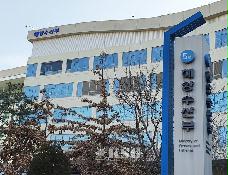

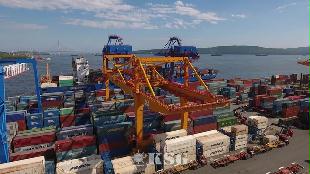
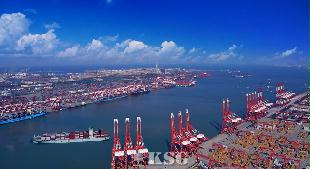
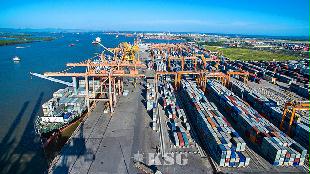
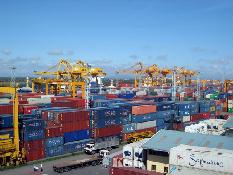






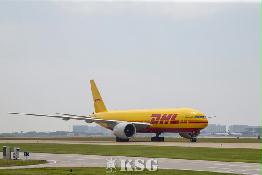
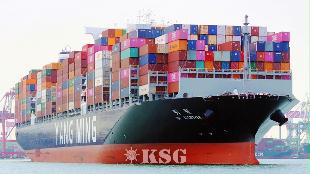
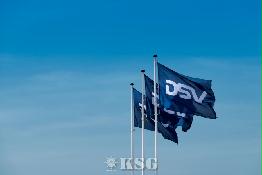
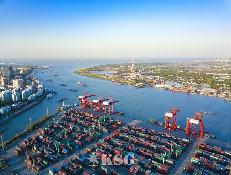






















0/250
확인